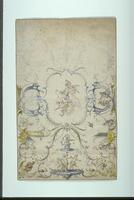146 UMMA Objects
146 UMMA Objects
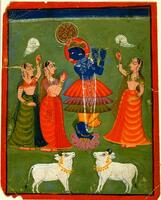
Artist Unknown, India, Rajasthan, Mewar School
Krishna Fluting
1695 – 1705
Gift of Mr. George P. Bickford for the James Marshall Plumer Memorial Collection
1964/2.120
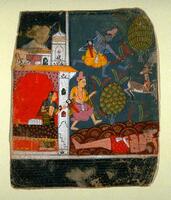
Artist Unknown, India, Central India, Malwa School
Râmâyana manuscript page: Rama kills the deer (folio no. 31)
1635 – 1650
Gift of Mr. George P. Bickford for the James Marshall Plumer Memorial Collection
1964/2.111
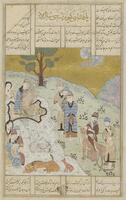
Iranian (Iranian)
Gaiumart the First Shah, from the Shahnama of Firdausi
1455 – 1465
Museum Purchase
1963/1.40
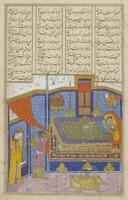
Iranian (Iranian)
Tahmina Comes to Rustam, from the Shahnama of Firdausi
1455 – 1465
Museum Purchase
1963/1.46
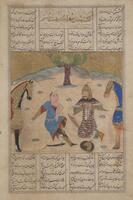
Iranian (Iranian)
Rustam Slays Suhrab, from the Shahnama of Firdausi
1455 – 1465
Museum Purchase
1963/1.47
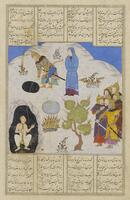
Iranian (Iranian)
Rustam Takes Bijan out of the Pit, from the Shahnama of Firdausi
1455 – 1465
Museum Purchase
1963/1.54
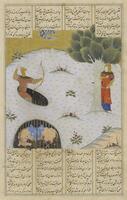
Iranian (Iranian)
Rustam Slays Shaghad and Dies, from the Shahnama of Firdausi
1455 – 1465
Museum Purchase
1963/1.63
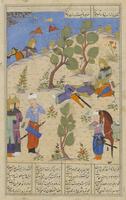
Iranian (Iranian)
The Death of Dara, from the Shahnama of Firdausi
1455 – 1465
Museum Purchase
1963/1.64
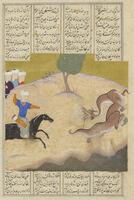
Iranian (Iranian)
Bahram Gur Slays a Dragon, from the Shahnama of Firdausi
1455 – 1465
Museum Purchase
1963/1.70

Artist Unknown, India, Rajasthan, Jaipur School
Ragamala series: Ragini Bilavala
1745 – 1755
Gift of Dr. and Mrs. Leo S. Figiel and Dr. and Mrs. Steven J. Figiel.
1975/2.154
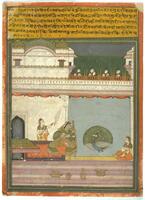
Artist Unknown, India, Rajasthan, Jaipur School
Ragamala series: Ragini Gujari
1745 – 1755
Gift of Dr. and Mrs. Leo S. Figiel and Dr. and Mrs. Steven J. Figiel.
1975/2.157
Loading…
